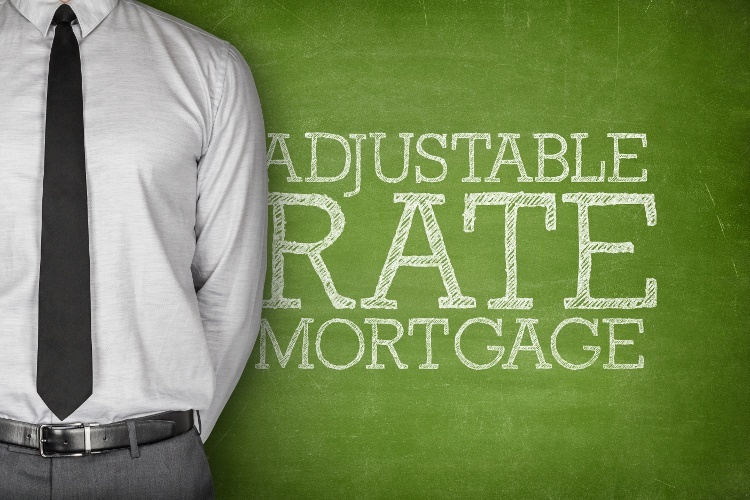Pros and Cons of Adjustable Rate Mortgages
 When you are in the market for a new home, you may be faced with numerous options for financing your home. One of the choices you will have to make is whether to apply for a fixed or adjustable rate mortgage. In some cases, an adjustable rate mortgage (ARM) may be your best option, but keep in mind, they are not the answer for everyone.
When you are in the market for a new home, you may be faced with numerous options for financing your home. One of the choices you will have to make is whether to apply for a fixed or adjustable rate mortgage. In some cases, an adjustable rate mortgage (ARM) may be your best option, but keep in mind, they are not the answer for everyone.
Adjustable rate mortgages can be risky for some borrowers and it’s important to understand both the pros and cons.
When To Consider Adjustable Rate Mortgages
Perhaps one of the best things about ARMs is they typically have a lower starting interest rate than fixed rate mortgages. For some borrowers, this means it is easier for them to qualify for a loan. ARMs are beneficial for borrowers who:
- Anticipate an income increase – for borrowers who are anticipating their income to increase over the next year or two, an ARM may be the right option.
- Will be reducing their debt – those borrowers who have automobile loans or student loans that will be paid off in the next few years may benefit from an ARM which would allow them to qualify for a larger mortgage today anticipating their ability to covert to a fixed-rate mortgage.
- Are purchasing a starter home – when you anticipate living in a home for five years or less, an adjustable rate mortgage may help you save money for a bigger home.
Adjustable Rate Mortgage Concerns
There are a number of different types of adjustable rate mortgages and they are each tied to specific interest rate indexes. While an ARM may offer borrowers some flexibility in terms of income and debt ratios, the downsides cannot be ignored. Some of the cons of using an ARM to finance your mortgage include:
- Rate adjustments – borrowers should carefully review their loan documents to see how frequently their interest rates may increase. Some loans adjust annually while other may not increase for three to five years after the mortgage is signed. For borrowers, this means they may anticipate an increase in their monthly payments.
- Prepayment clauses – oftentimes, lenders include a prepayment penalty with ARM loans which can be surprising for borrowers. Before agreeing to an ARM, make sure you read the documents very carefully to determine how long you need to hold the loan and if there is a prepayment clause.
- Home values – one of the biggest challenges borrowers face with an ARM is what happens if the property value decreases: Refinancing a home into a fixed-rate mortgage may be more difficult if this occurs.
Borrowers who are searching for the right mortgage should discuss all options with their loan officer. There are specific instances when an ARM may be the best option and there are other times, such as if you plan to stay in your home for more than five years, where a fixed-rate mortgage may be your best option.

 With mortgage rates finally looking like they may move upward a bit as the overall market improves the adjustable rate mortgage starts to come into play again. Better known as the ARM home loan, the adjustable rate mortgage can be a flexible, powerful tool, depending on how it is used.
With mortgage rates finally looking like they may move upward a bit as the overall market improves the adjustable rate mortgage starts to come into play again. Better known as the ARM home loan, the adjustable rate mortgage can be a flexible, powerful tool, depending on how it is used. An adjustable-rate mortgage was once a great mortgage product, at a time when home buyers wanted to avoid locking in high interest rates. But with historically low interest rates now available to millions of buyers and rates expected to rise in 2017, lots of mortgage holders are trying to find a deal and negotiate better terms before rates go up. One great way to save on mortgage costs is to refinance your adjustable-rate mortgage.
An adjustable-rate mortgage was once a great mortgage product, at a time when home buyers wanted to avoid locking in high interest rates. But with historically low interest rates now available to millions of buyers and rates expected to rise in 2017, lots of mortgage holders are trying to find a deal and negotiate better terms before rates go up. One great way to save on mortgage costs is to refinance your adjustable-rate mortgage.